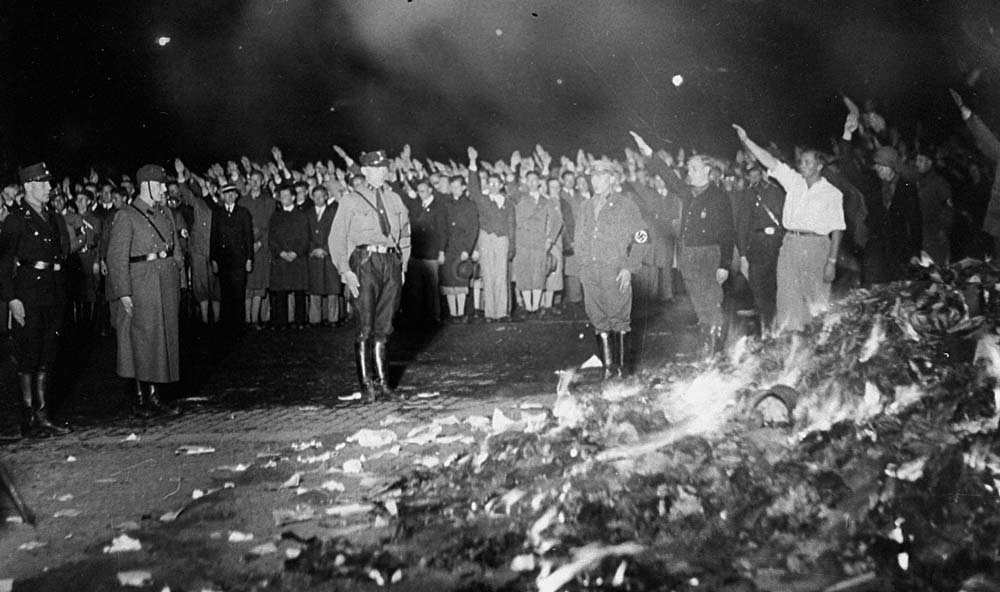Blogging, multi-sequential readings, and the hypertext revolution
Admittedly, I’m a bit late jumping on the week five readings bandwagon. But hey, better late than never.
Last week we were instructed to watch three videos in place of the lecture. One of them, produced by Michael Wesch, dealt with the revolutionary ramifications of hypertext, and the ways in which it has completely upended traditional textual frameworks in its creation of multi-sequential reading capabilities.
This tied in nicely with George Landow’s Hypertext 3.0: Critical Theory and New Media in an Era of Globalisation – one of last week’s readings.
Wisdom I gleaned from Landow’s literature:
“… we are writing in the presence of other texts.”
Blogs
- Blogs provided the first widely available means on the web for facilitating the active reader-author
- Blows allow for two different forms of hypertextuality:
- Via blogs, bloggers can link chronologically distant individual entries to each other, thereby allowing readers to put events into context without the diarist having to explain again
- The second occurs only in those blogger texts that allow readers to comment on entries
Hypertext
- When using hypertext, the roles of reader and author change so much that the vocabulary remains inadequate
- Hypertextuality involves a higher percentage of non-verbal information than print
- Hypertext permits readers to begin at many different points within a text
- Dominant notion of a text so that it “is henceforth no longer a finished corpus of writing, some content enclosed in a book or its margins, but a differential network, a fabric of traces referring endlessly to something other than itself, to other different traces”
- Hypertext is, by definition, open-ended
- Landow discusses Milton’s Paradise Lost as an example of multisequential reading:
“Extra-textual and intra-textual links are exemplified by links between a particular passage in which Milton mentions prophecy and his other writings in prose or poetry that make similar or obviously relevant points, as well as biblical texts, commentaries throughout the ages, comparable or contrasting poetic statements by others, and scholarly comment.”
The Age of the “Second Orality”
According to Landow, computers have bought us into a “second orality” in terms of participatory mystique. Computers, he argues, foster a sense of community, concentration on the present moment, and formulaic conduct.
Another particularly poignant point Landow makes is the totality and absoluteness of text in print form:

Book burnings in Opernplatz, Berlin, during the Nazi regime. Image credit: Totally History
“The author might be challenged if only he or she could be reached, but the author can not be reached in any book. There is no way to refute a text. After absolutely total and devastating refutation, it says exactly the same thing as before. This is one reason why “the book says” is popularly tantamount to “it is true”. It is also one reason why books have been burnt. A text stating what the whole world knows to be false will state falsehood forever, as long as that text exists.”
So, Landow arguest, hypertext destroys one of the most basic characteristics of the printed text – its separation and univocality.
Although I found it quite a dry read, Landow does make a plethora of good points, all thoroughly substantiated.

